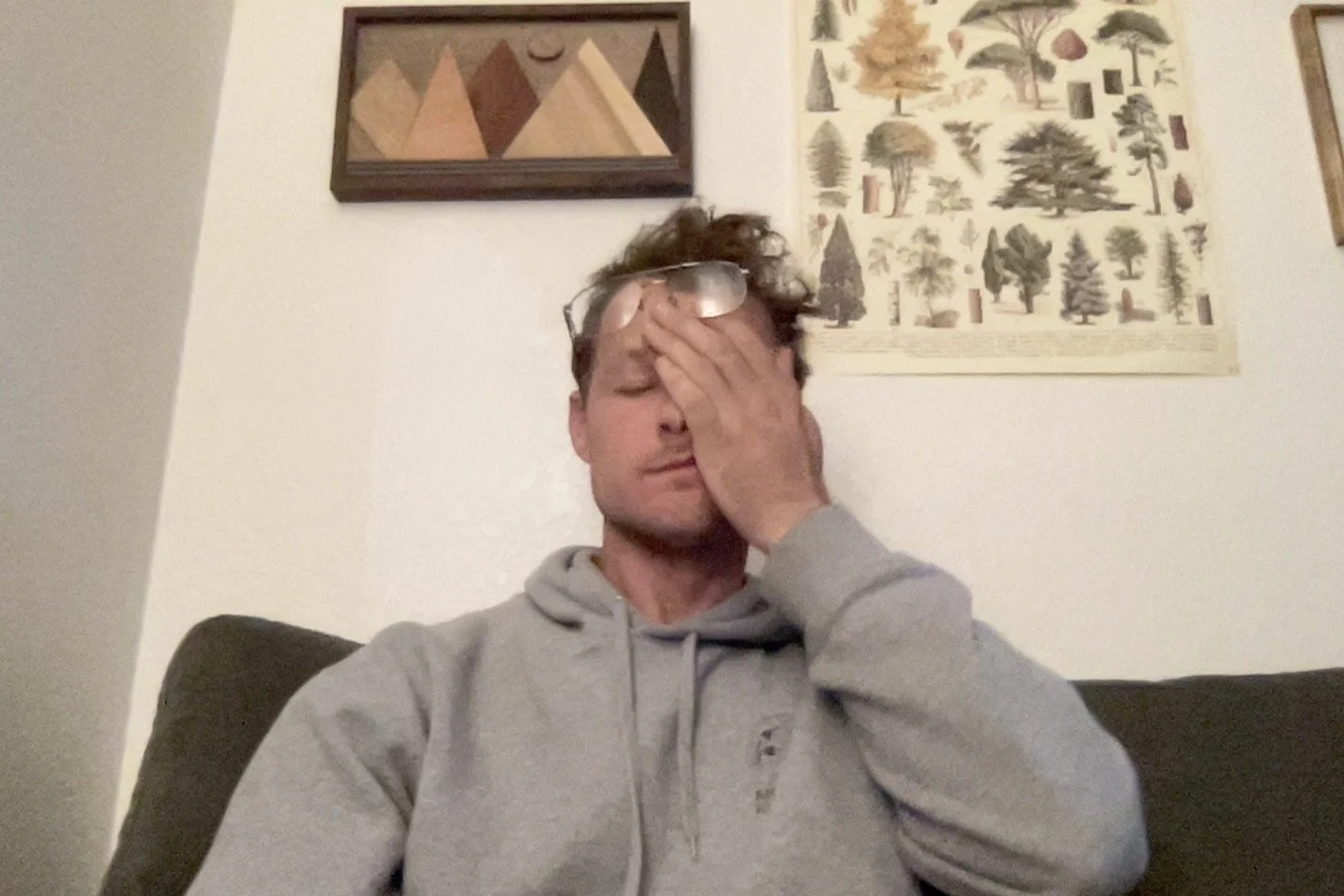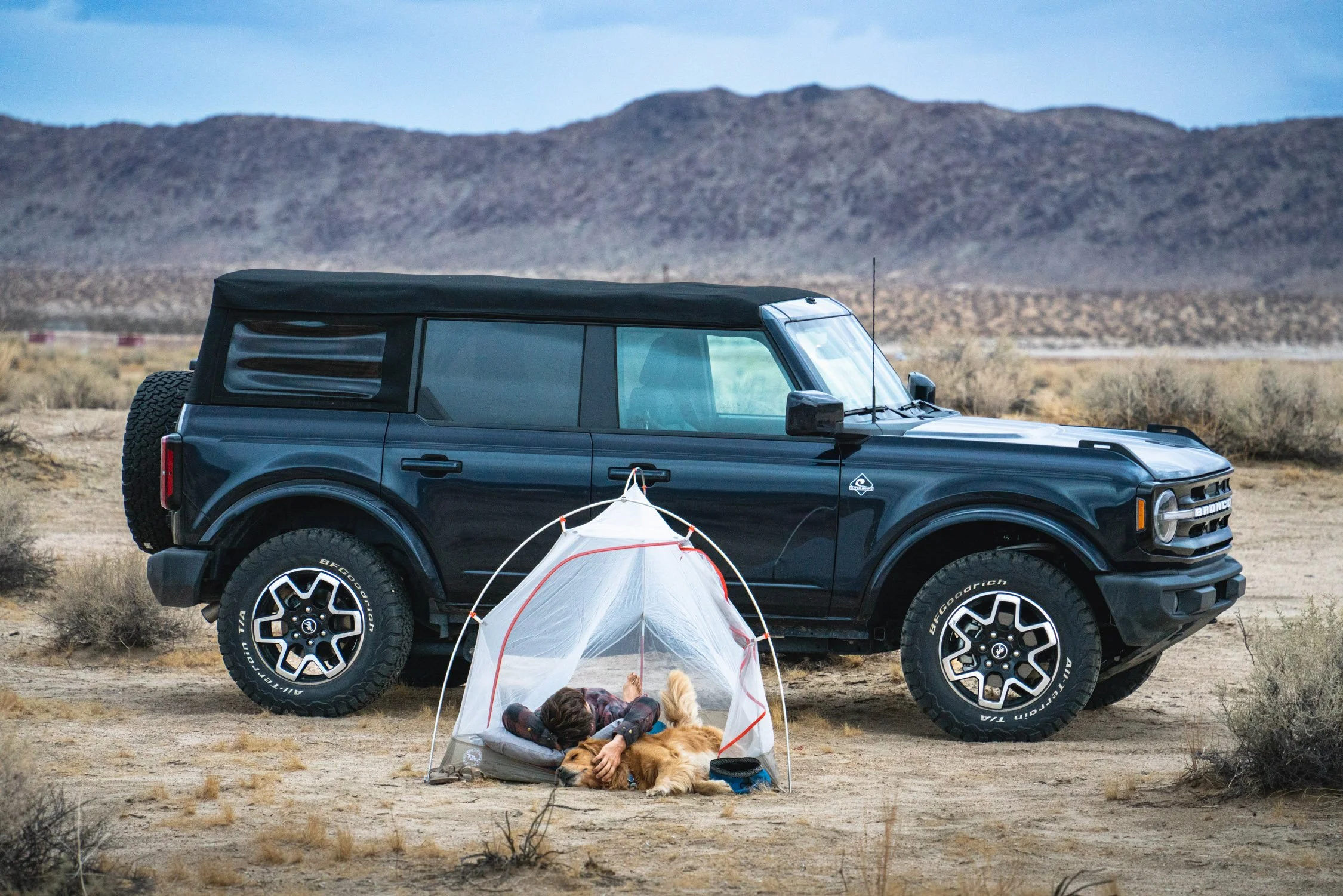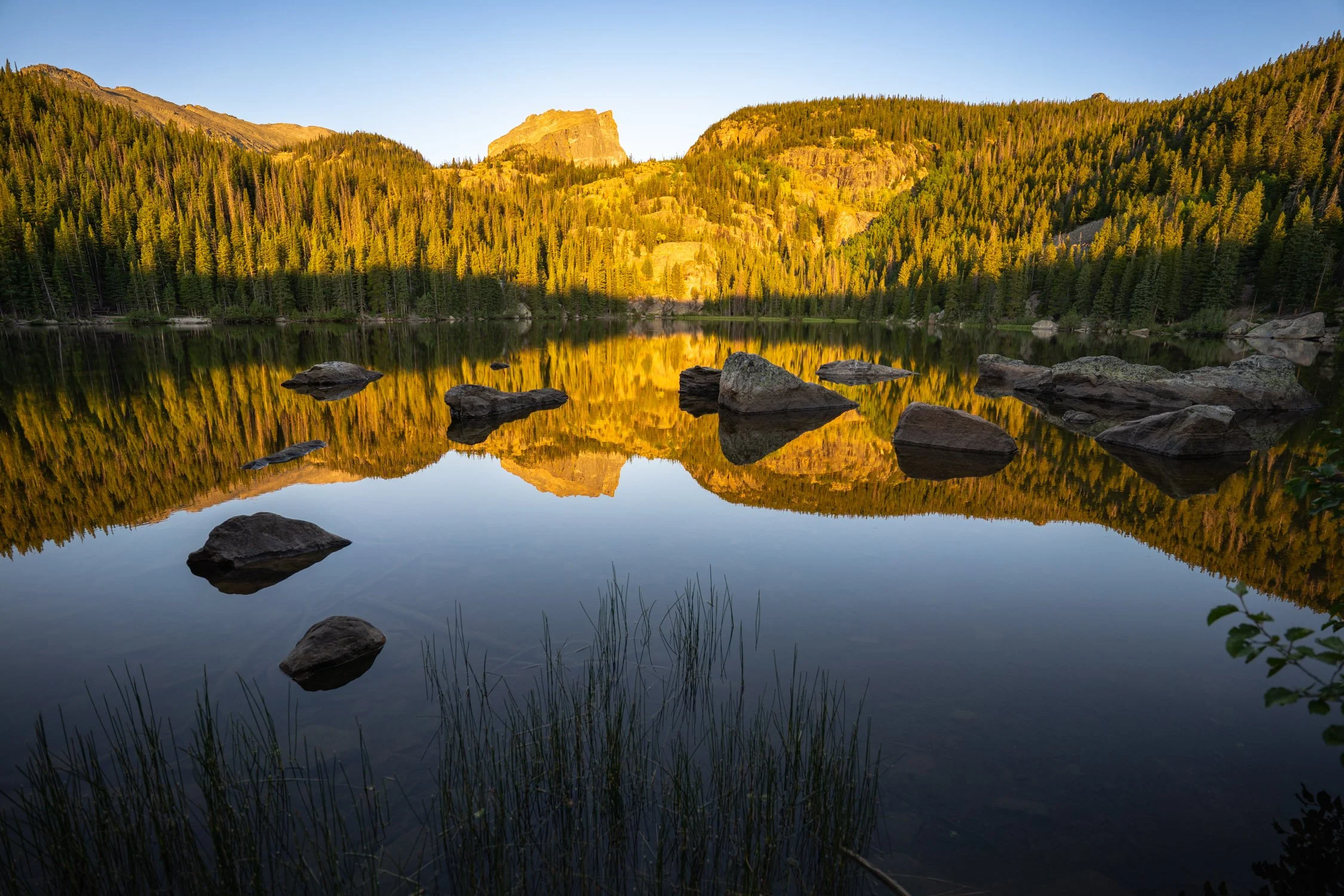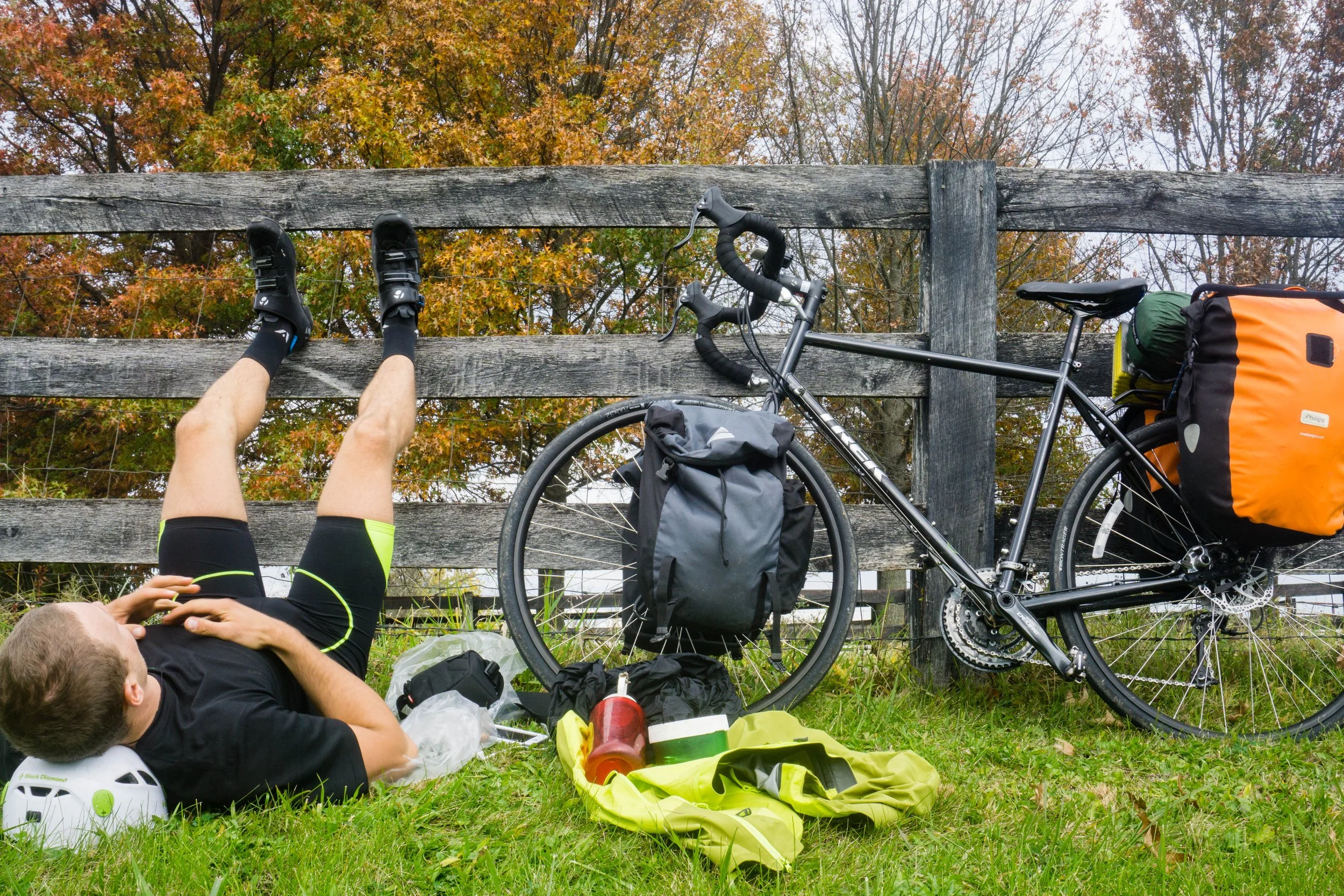Who still uses day rates when hiring a photographer? This is what I'm seeing...
Part of the industry is clinging to day rates meanwhile another part of the industry is looking towards photographers to be the producer, creative director, editor, photographer, etc.
Read MoreThere are stupid ideas and then there are creative itches you have to scratch. This hike to a "hidden waterfall" in Alaska was kinda both.
Read MoreMany of us return from a trip, drop our gear on the floor of our now dusty rooms, and head for a quick shower hoping to feel whole again. While the hot water feels great, processing a trip doesn’t happen that fast. But, clean is always a better feeling than being dirty. Yet, the “to do list” when arriving home is lengthy:
Read MoreSitting here on my couch, feeling excited and a bit bummed, I’m reflecting on why I keep trying to make this failing side hustle work. Again and again and again and again and again, it has failed in one way or another. Yet, I keep iterating and grinding away hoping to make this side hustle a reality.
Read MoreI am supposed to be on Everest, right now, the broken record in my head repeats. Why am I standing on top of my van watching the sunrise from Las Vegas?
Read MoreFour years ago, I photographed my first hotel, for free, to start a hospitality portfolio.
Read MoreAs far as smooth productions go, this one was clean and easy, after a few hiccups to start. Getting the tires on the Ford Bronco was a challenge as the car arrived late to the shop, delaying the scouting day. Good thing we booked two scouting days and I had visited this area countless times for rock climbing!
Read MoreWith the timed entry into Rocky Mountain National Park, access to Bear Lake at sunrise takes a little bit of planning. While there are day of permits available, they seem to be impossible to land. So, if you are making the trek out to Rocky Mountain National Park, I suggest you secure your entry permit months beforehand.
Read MoreI overlooked one of the smallest details during pre-production and it almost jeopardized this entire campaign.
That detail: overnight parking at the trailhead
Here's how I fixed it without the client ever knowing (yes, if they read this it will be the first time they ever know about this mistake).
Read MoreThere is something about having a mountain of debt, no inbound leads, no business model, and youth that makes you sit back to reflect upon the compounding dumb decisions you have made up to this point. At least for me, that was the case.
Read MoreFor most adventure photographers, one-off shoots are the natural entry point into the business. A single project might cover an expedition, a branded social media campaign, or a weeklong assignment with an outdoor company. These opportunities are exciting, often highly creative, and a great way to get your foot in the door.
Read MoreAdventure photography is exciting, creative, and deeply rewarding — but it’s also a business. One of the best ways to keep your photography career sustainable is to create multiple revenue streams. Not everything will be “hot” all the time, so having different income sources gives you balance, consistency, and room to grow.
Read MoreWhen you step into the world of adventure photography, you’re not just a creative—you’re also a business owner. That means your success depends not only on how well you shoot, but also on how well you run your business. Many photographers fall into the trap of spending all their time “in” their business—editing, emailing, and shooting—while neglecting the bigger picture of working “on” their business. To build something sustainable, you need both.
Read MoreOne of the most important lessons I’ve learned as an adventure photographer is that photo licensing belongs in every contract. It protects your work, ensures you get paid fairly, and prevents misunderstandings with clients. Without clear licensing terms, you’re leaving the value of your images up to interpretation, which can lead to disputes or lost income.
Read MoreIn photo licensing, usage refers to where and how a client is allowed to use your images. It is one of the three key elements of licensing, along with duration and exclusivity, and it directly affects the value of your work. Understanding usage helps you price your projects fairly and protects your ability to monetize your images in the future.
Read MoreIn photo licensing, duration refers to how long a client is allowed to use your images. It is one of the three key components of licensing, along with usage and exclusivity, and it directly impacts the value of your work and how you structure your pricing.
Read MoreExclusivity in photo licensing refers to whether the client has exclusive rights to use the images you create, or if you, as the photographer, can sell or license the same images to other clients. Understanding exclusivity is crucial because it directly affects the value of your work.
Read MorePhoto licensing can feel overwhelming if you let it, but it doesn’t have to be complicated. In my experience as an adventure photographer, there are three key components that determine the value and scope of any license: usage, duration, and exclusivity.
Read More

















